Fine lines and wrinkles — we all get them. And lately, it seems everyone is talking about silicone wrinkle patches. These adhesive patches claim to smooth, firm, and rejuvenate the skin overnight, but do they really work — or are they just another skincare trend?
At Rejûvaskin, we believe that science—not hype—should drive skincare decisions. Here’s what the medical evidence actually says about silicone’s role in improving skin texture and reducing the appearance of wrinkles.
The Science Behind Silicone: Why It Works in Medicine
Silicone isn’t new to dermatology. It’s been used for decades in clinical settings for scar management, supported by a robust body of medical literature.
Studies show that medical-grade silicone sheets improve scar outcomes by maintaining hydration, regulating fibroblast activity, and restoring normal collagen balance within the dermis (O’Brien & Pandit, 2006; Mustoe et al., 2002).
These mechanisms — enhanced hydration and collagen homeostasis — are what make silicone promising not only for scars but also for fine lines and early wrinkles.
When silicone forms a protective barrier on the skin, it traps moisture and prevents transepidermal water loss (TEWL). This creates a hydrating microclimate, allowing the skin to appear smoother and plumper — a key factor in reducing the visible depth of wrinkles.
Clinical Evidence on Wrinkle Reduction
While most clinical silicone research focuses on scars, there are a few controlled studies examining its effects on wrinkle appearance.
A 2017 clinical study published in Journal of Cosmetic Dermatology evaluated silicone adhesive pads applied to crow’s feet. The researchers found measurable reductions in skin roughness and fine lines within one hour of use, with participants reporting smoother, more hydrated skin (Matsumura et al., 2017).
However, the authors noted that long-term structural collagen changes were not confirmed — meaning the benefit is likely surface-level and hydration-based, rather than deep remodeling.
Similarly, dermatology reviews (Nair & Bensouda, 2023; Mustoe et al., 2002) emphasize that silicone’s occlusive properties create an optimal environment for healing and hydration. When applied to aging skin, this same mechanism can visibly smooth and soften fine lines — especially when used overnight on areas prone to dryness and “sleep wrinkles,” like the forehead, under eyes, and décolletage.
So, Are Silicone Wrinkle Patches a Fad or a Fact?
Fact — but with realistic expectations.
Silicone wrinkle patches are not magic. They don’t paralyze facial muscles like Botox or stimulate collagen as powerfully as retinoids. But based on the available clinical evidence, they do provide measurable hydration and surface-smoothing benefits, making them a valuable part of a gentle, science-backed skincare routine.
Why Rejûvaskin’s Silicone Patches Stand Out
At Rejûvaskin, our Silicone Patches are developed using the same medical-grade silicone trusted by plastic surgeons and dermatologists for scar therapy. They’re designed for comfort, reusability, and safety — even on sensitive skin.
Here’s what makes our approach different:
-
Clinical heritage: Inspired by decades of medical research on silicone’s healing effects.
-
Hydration-focused: Creates a microclimate that supports elasticity and skin barrier function.
-
Dermatologist-approved: Gentle, non-invasive, and suitable for all skin types.
-
Evidence-informed skincare: Formulated using the same science that underpins successful scar management.
Silicone wrinkle patches are backed by science, not social media. The research supports their ability to hydrate, smooth, and temporarily reduce the appearance of wrinkles, especially when used consistently and paired with proper skincare.
They may not erase deep wrinkles — but they do help your skin look and feel healthier, softer, and more youthful.
Works Cited
-
Matsumura, K., Sakamoto, K., & Mizuno, Y. (2017). Anti-wrinkle effect of topical adhesive pads on crow’s feet: A randomized controlled trial. Journal of Cosmetic Dermatology, 16(3), 367–374. Link
-
Mustoe, T. A., Cooter, R. D., Gold, M. H., Hobbs, F. D., Ramelet, A. A., Shakespeare, P. G., & Téot, L. (2002). International clinical recommendations on scar management. Plastic and Reconstructive Surgery, 110(2), 560–571. Link
-
O’Brien, L., & Pandit, A. (2006). Silicone gel sheeting for preventing and treating hypertrophic and keloid scars.Cochrane Database of Systematic Reviews, (1), CD003826. Link
-
Nair, P. A., & Bensouda, S. (2023). Silicone in dermatology: An update. Indian Dermatology Online Journal, 14(1), 9–16. Link
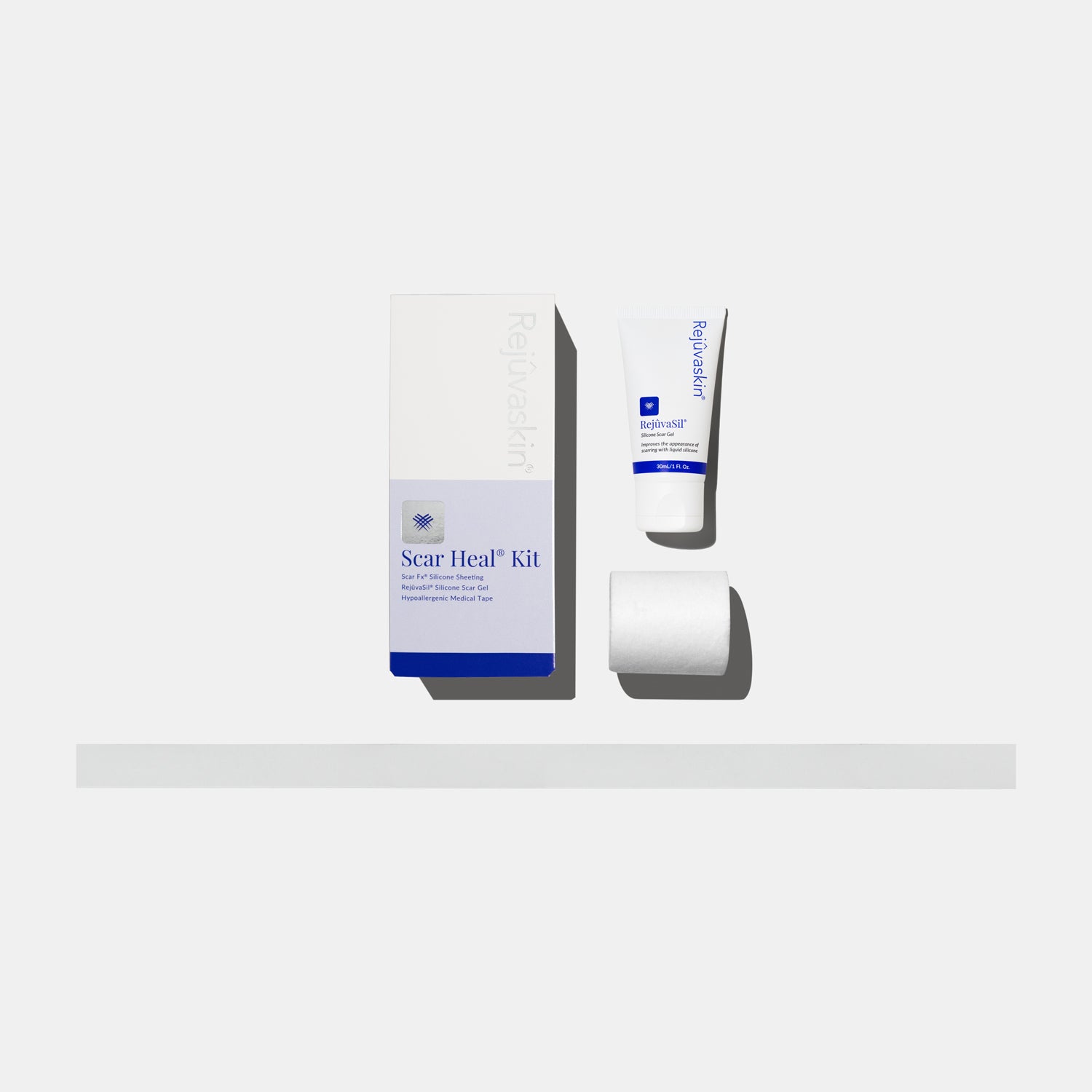


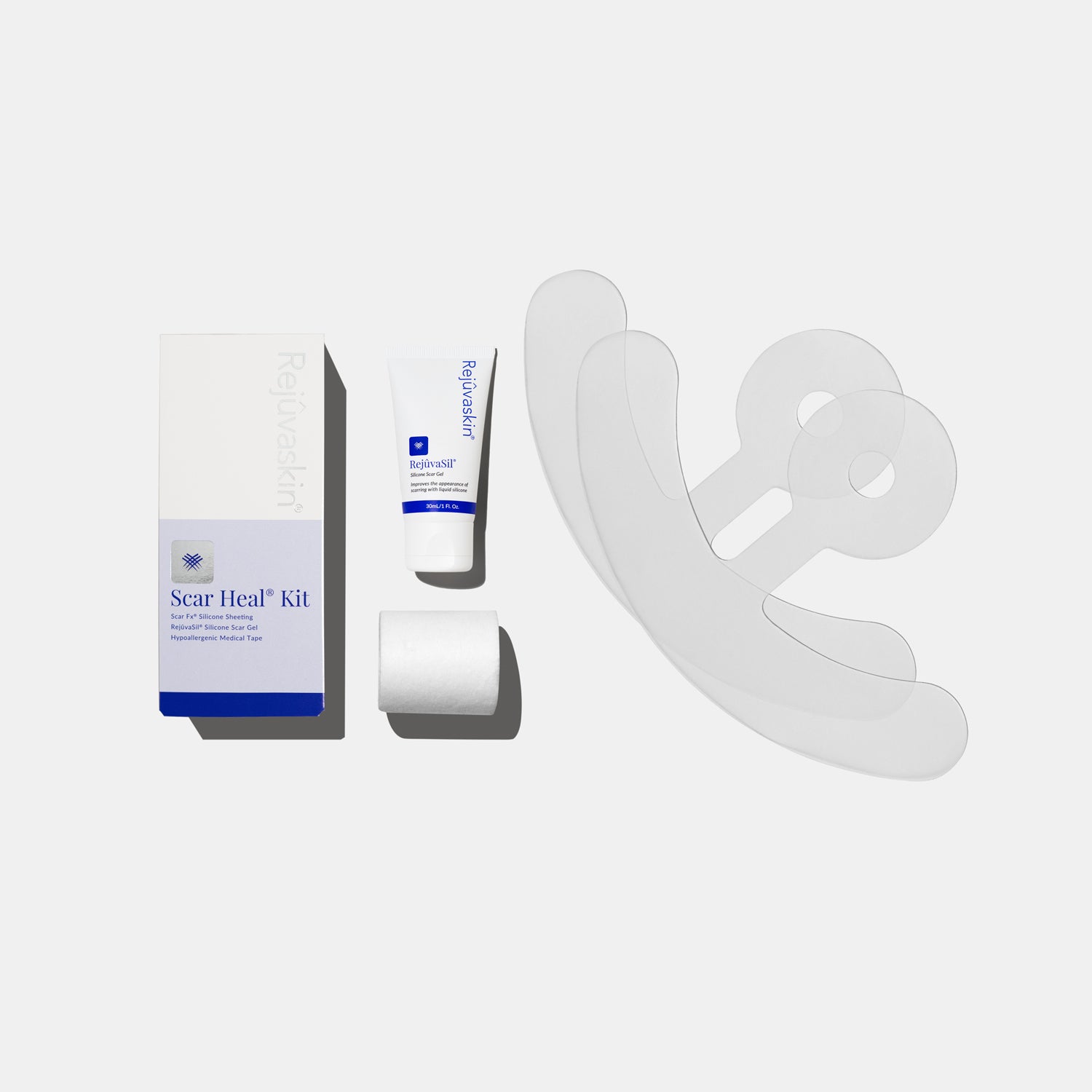
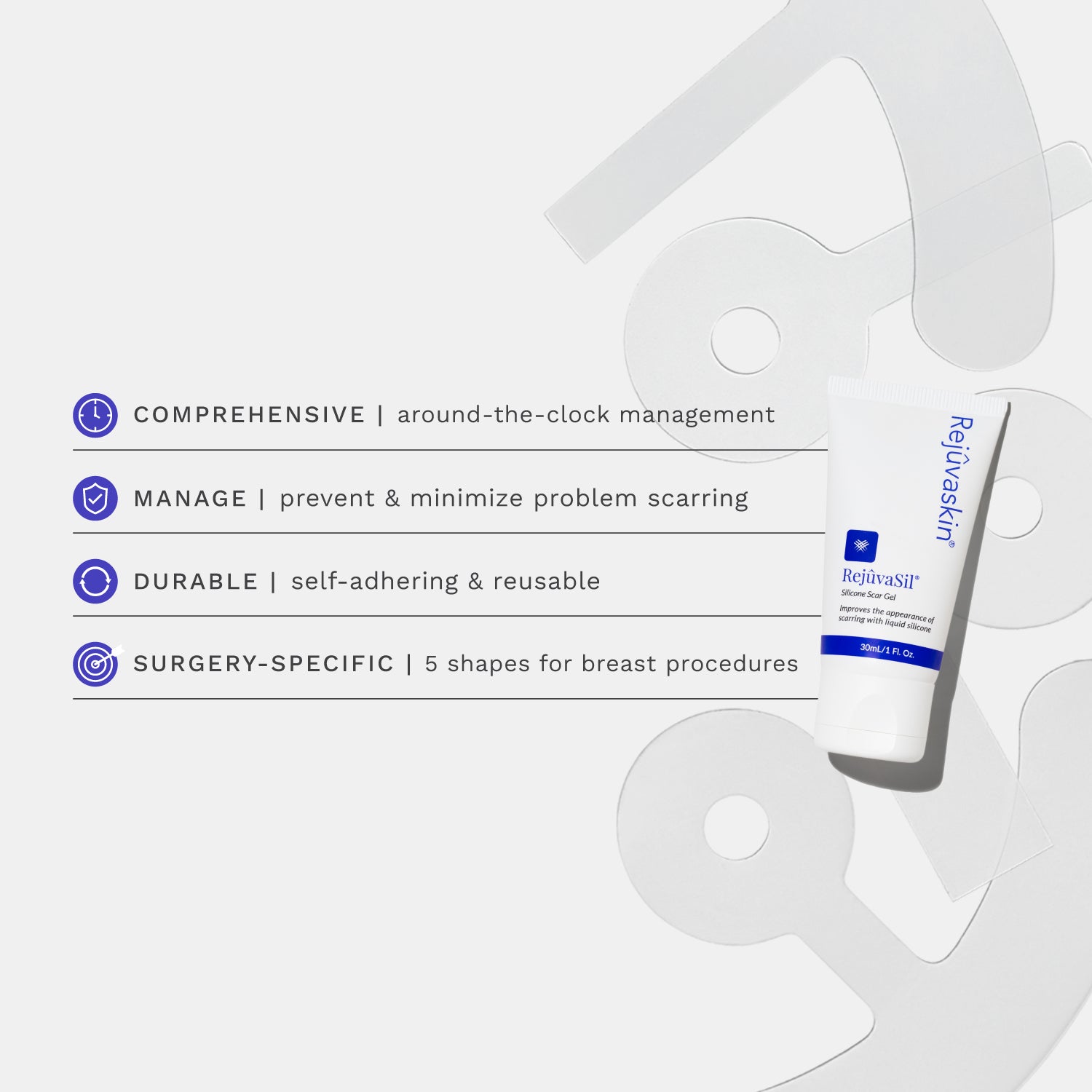
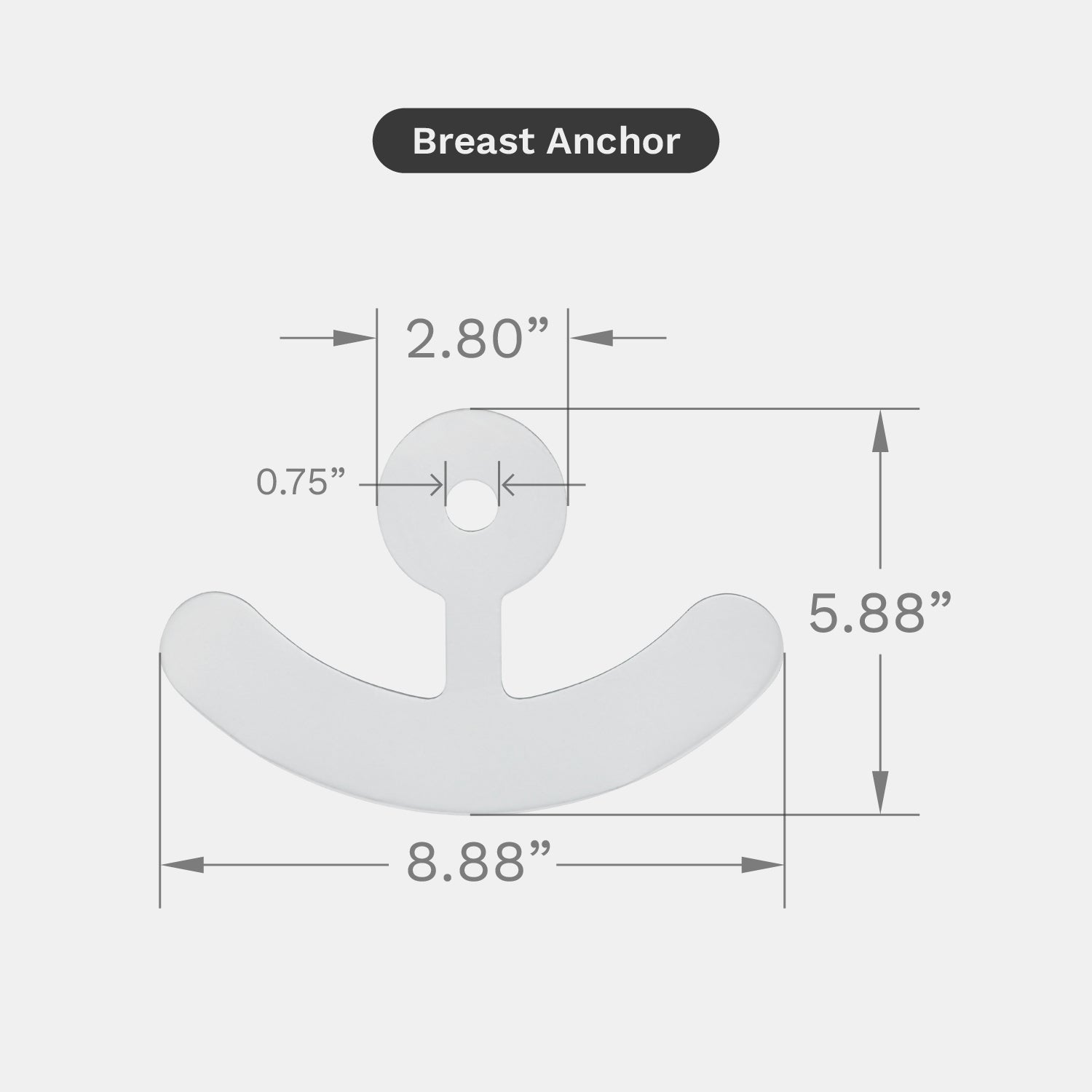
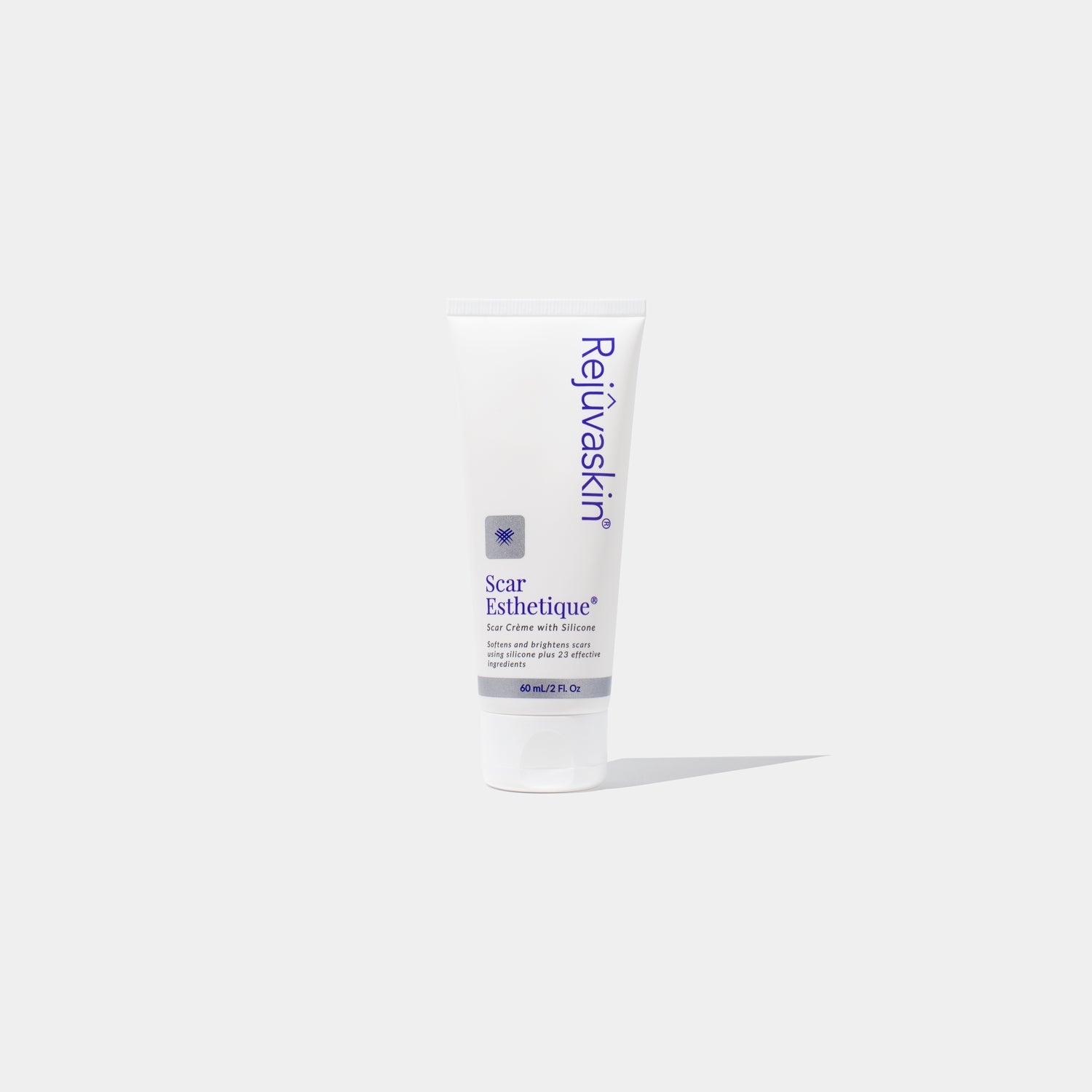
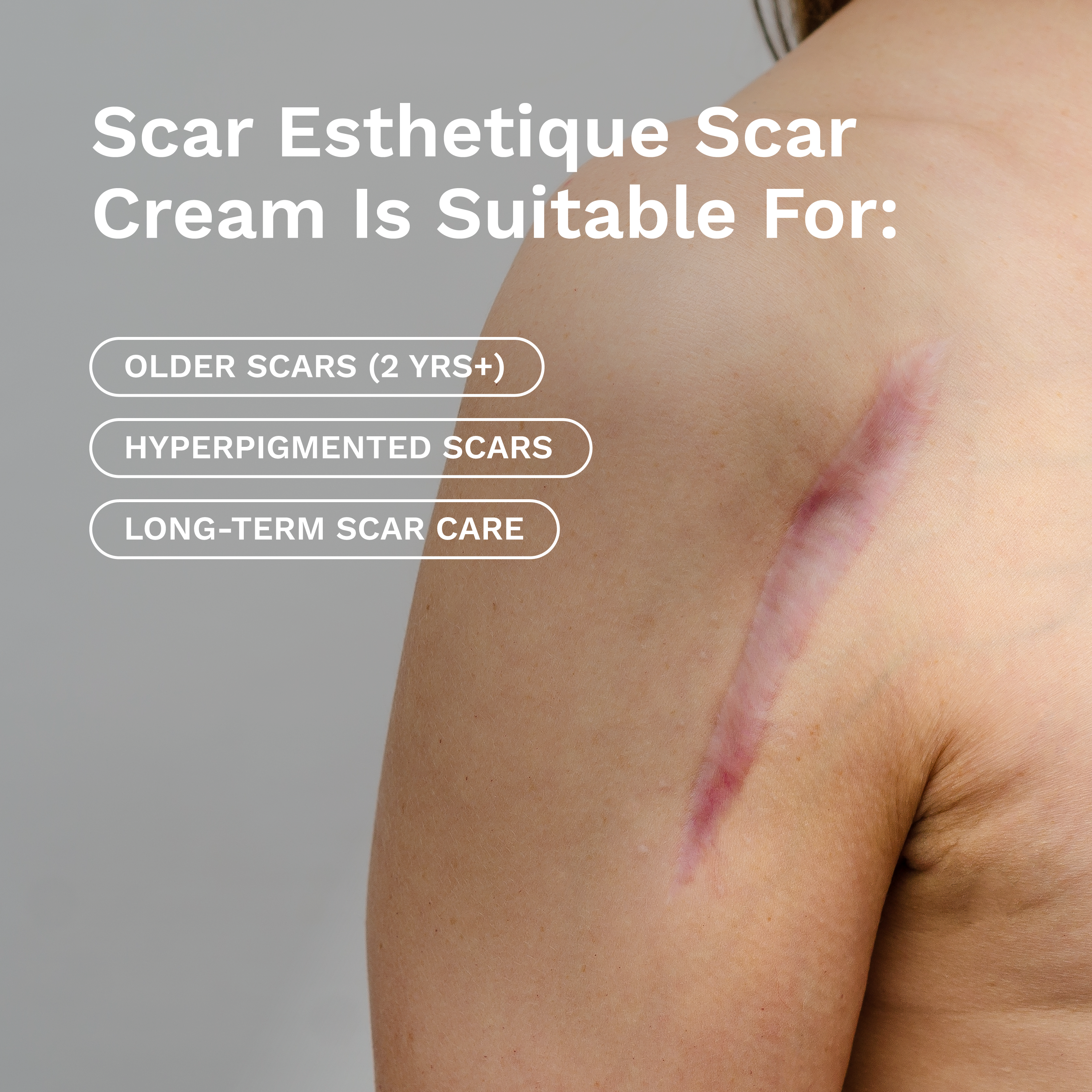








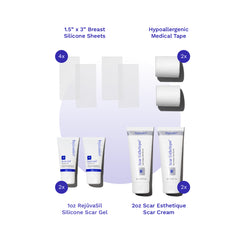
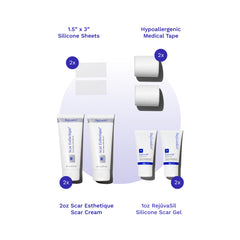

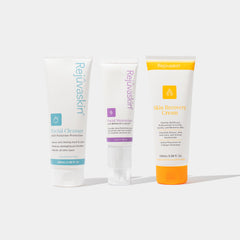

Leave a comment